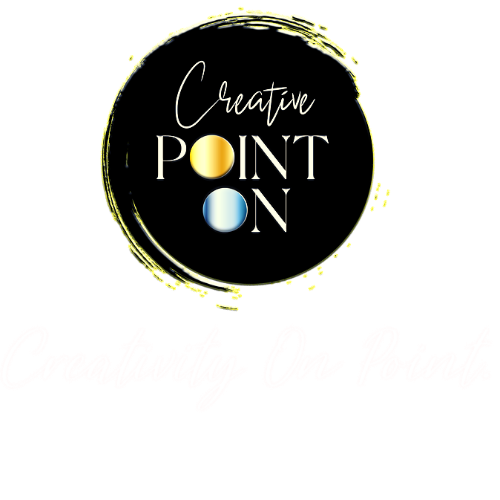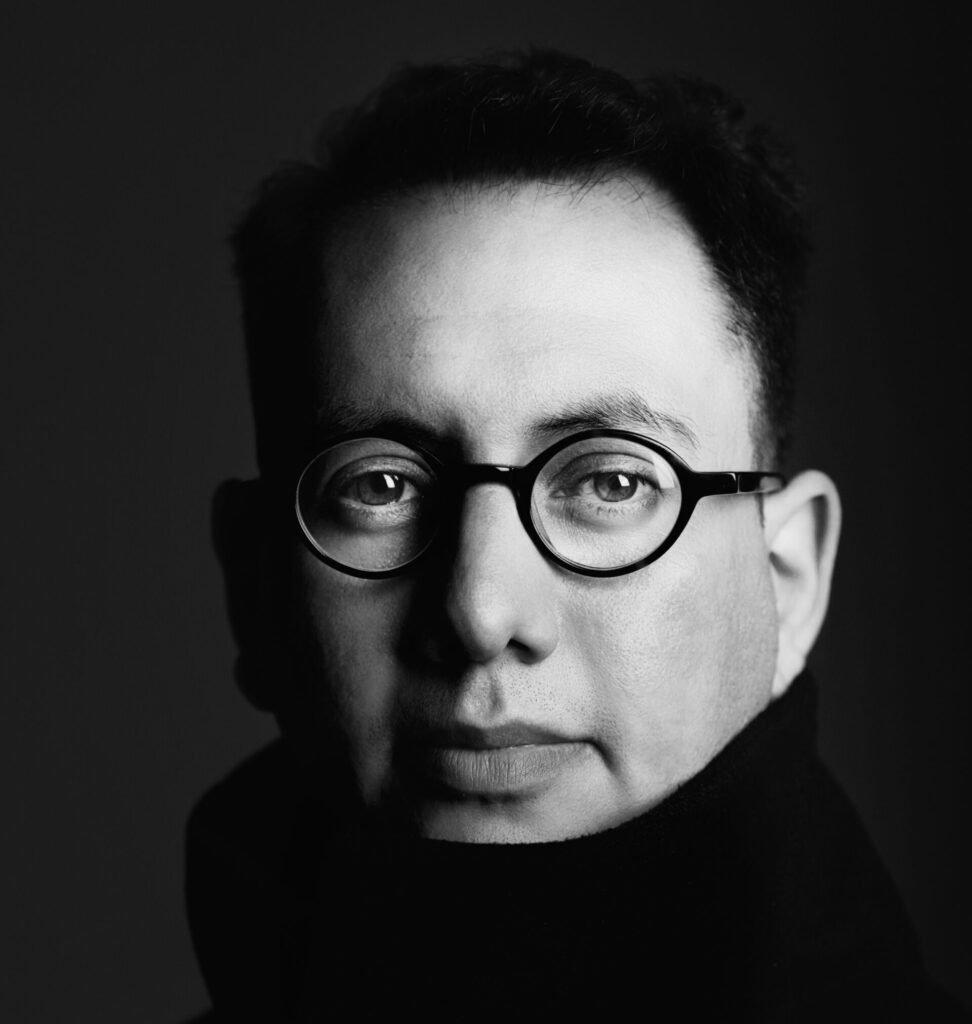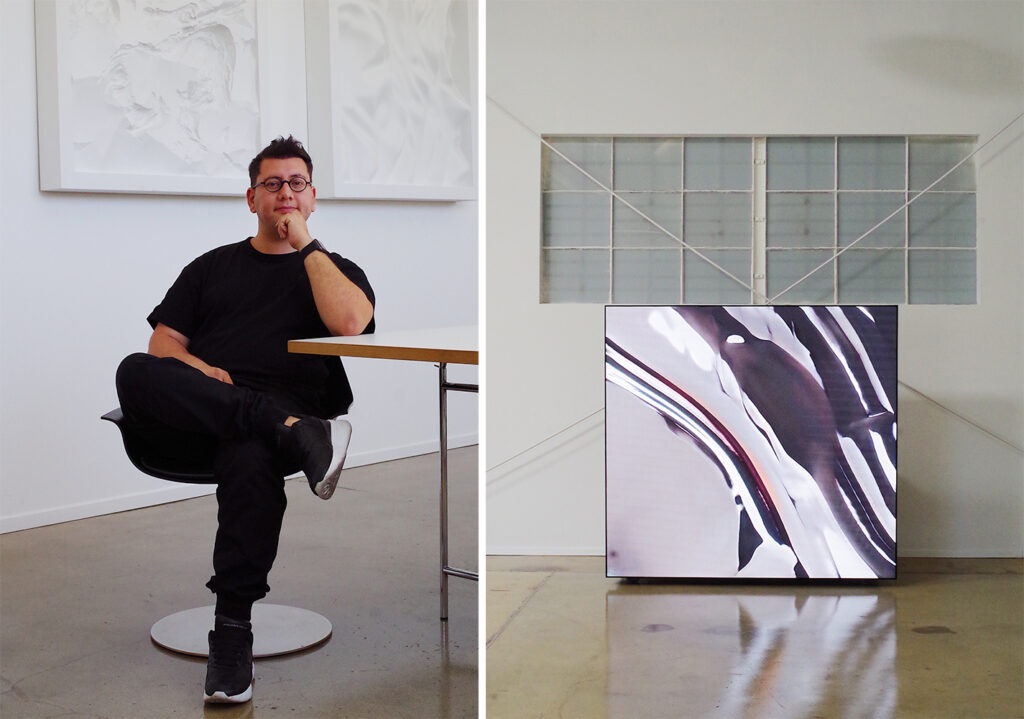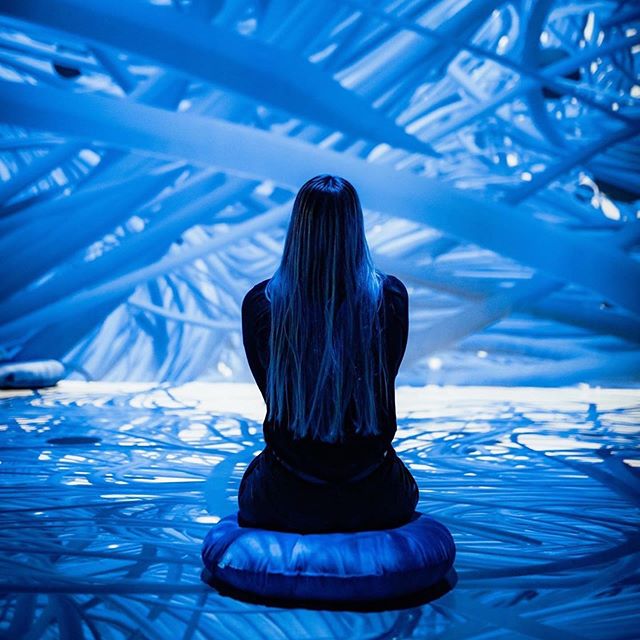
By Sabrina Wirth
What does it mean to experience a color? Is there a taste? A smell? A sound? How does a color make you feel? These might not be things that may naturally come to mind when entering a space, but they are precisely the questions that preoccupy the minds of the top color experts at the Pantone Institute of Color on a daily basis. Subconsciously, every color produces an emotional response in the human psyche, triggering sensations such as happiness, anxiety, fear, or calm. As Picasso once said, “Colors, like features, follow the changes of the emotions.” How then, does the Institute determine what the Color of the Year will be? In order to do so, they must collect multiple data points from around the world and distill the overarching global emotions, or “zeitgeist” down to one hue.
“I think sometimes people get the impression that color is a very fluffy kind of a decision,” says Lee Eiseman, Executive Director of the Institute. “And it’s not. It’s so integral to our work, and we justify our decisions, we do a lot of homework that leads us to that specific color.” Pantone, by the way, is responsible for Tiffany’s iconic shade of blue (1837 Blue) as well as the shade of Yellow (Minion Yellow) for the lovable characters in “Minions” and “Despicable Me”.
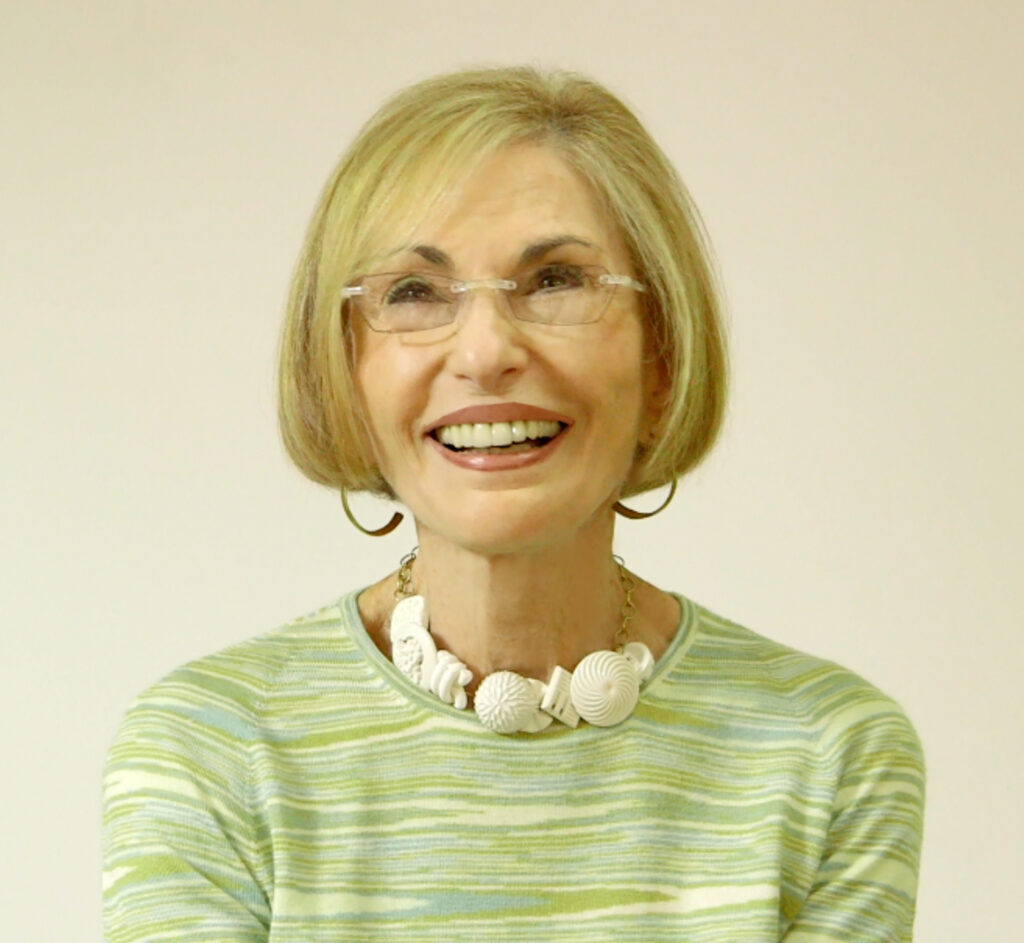
Behind every branding choice, there has been a depth of informed investigations into color psychology. To create the Color of the Year, research will usually begin a year in advance, with members of the Institute traveling around the world gathering information on color trends that they see arising organically within different industries. This will include investigations within art exhibitions, films, popular cosmetics, fashion, new technology, and even the automotive industry. They look at whether any particular colors keep reappearing in certain areas of design, and where there is a direction that the color/design scheme seems to be headed. After the members of the Institute have gathered enough data points, they will meet to discuss the color they have decided on. To Lee’s constant amazement, they almost always conclude with the same shade. This year it is: “Pantone 19-4052 Classic Blue”.
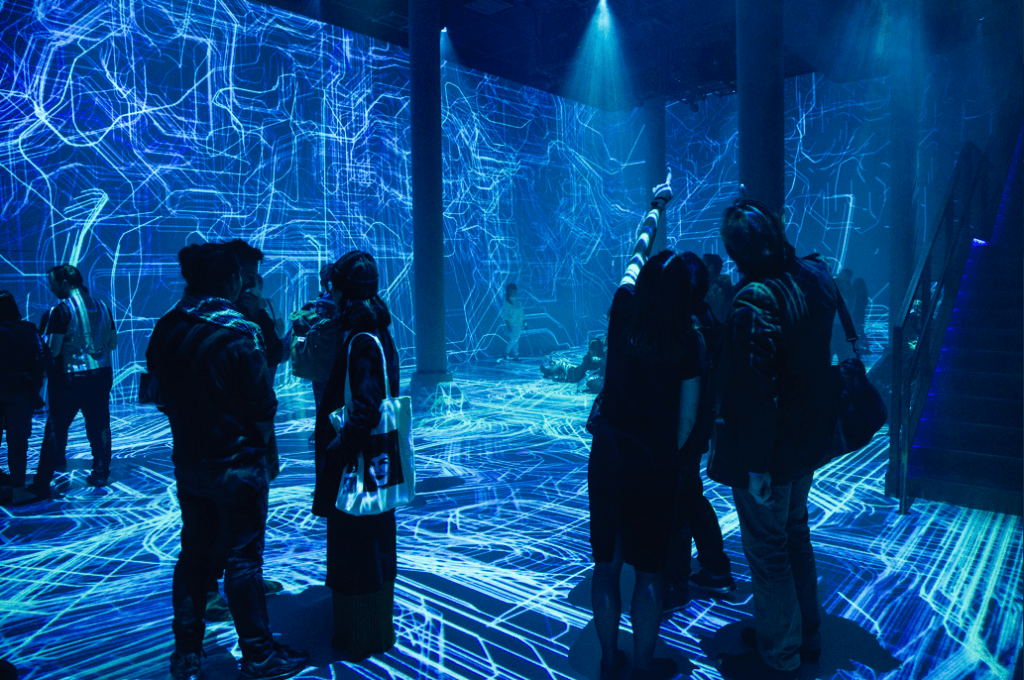
“It’s a color that anticipates what’s going to happen next,” said Laurie Pressman, the vice president of the Pantone Color Institute. “What’s the future going to bring as we move into the evening hours?” Specifically, Eiseman says, “the blue is the shade of the sky at twilight when the day is winding down and we’re looking forward to a little bit of peace and quiet.” It is a color that evokes calm and hope in a time when there is a lot of uncertainty around the world. Even the name has symbolism. It “tells you that it’s a color that has some history, that there’s tradition tied into it, but it also is a futuristic color, a color we attach to hi-tech and digital products.” Normally, Pantone will unveil their Color of the Year through multiple press outlets, but this year will mark the first time the Institute has chosen to present the color with an immersive, experiential exhibition that engages not only the visual senses but all the other senses as well. Their partner for this initiative? Artechouse. One of the most innovative museums and artistic production platforms to emerge within New York’s culture scene in the past year. With groundbreaking technology that includes L’ISA Immersive Hyperreal Sound with 32 separate sound channels and 18K resolution projectors, Artechouse was the perfect partner to transform the color into an experience.

When founders Sandro Kereselidze and Tati Pastukhova received the call from Pantone Color Institute in October, they were immediately enthusiastic about the artistic challenge. “For me,” recalls Sandro, “it was very exciting in the sense that every designer or anyone who’s in a creative field really appreciates the Pantone Institution. And on top of that, for announcing a color, it was, of course, a big honor for us. Right away we said ‘yes, let’s make it happen!” Within a few months, the Artechouse team developed an installation with Mexican based designers Intus Interactive Design that would be debuted for its first, private viewing in December, and a more public, updated viewing in February to coincide with the start of New York’s Fashion Week. The response was better than both institutions had anticipated, resulting in daily sold-out shows, and highly documented stories all over Instagram. For the exhibition “Submerge”, Artechouse converted their space -a former Chelsea Market boiler room- into a dreamlike world where visitors are invited to explore different spaces that induce Classic Blue emotions through sight, smell, feel, and taste. If the first floor is the appetizer in this feast of the senses, with interactive monitors to play with, and drinks called “Resilience”, “Calm”, and “Reflection” available to order at the Augmented Reality bar, the main course is the grand open space below deck. Upon walking down the stairs, one gets the sense of plunging into a borderless space, where images morph in and out of the walls to create a feeling that anything is possible.
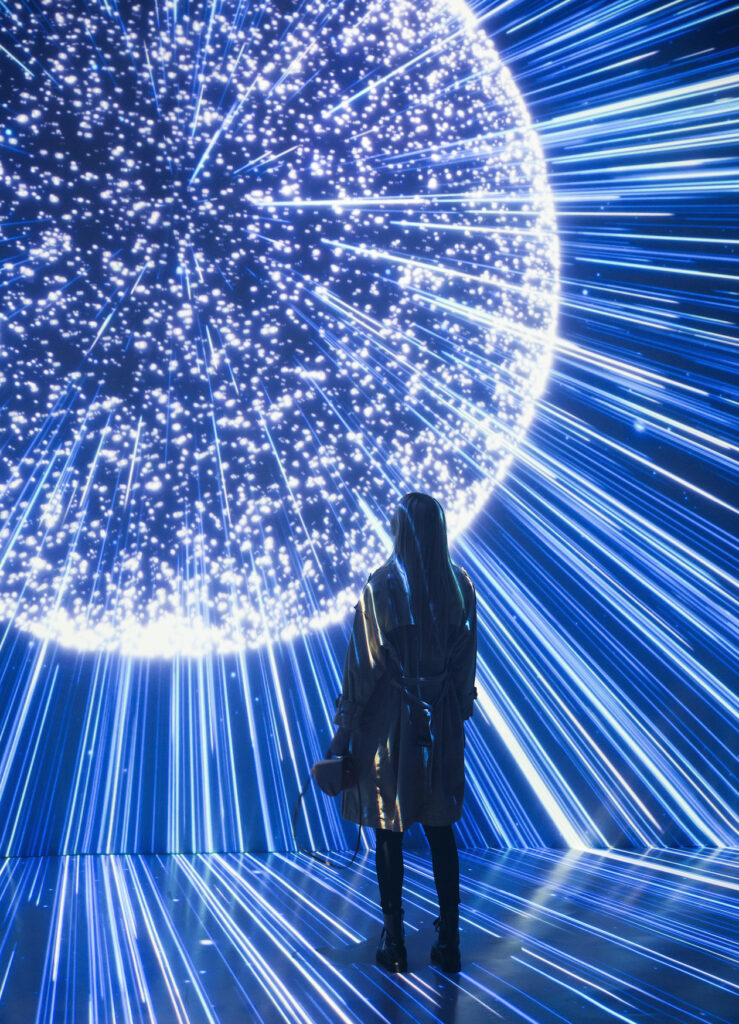
Looking back at the work that went behind creating this cutting-edge narrative around Pantone’s Color of the Year, Sandro likened it to a “miracle”: “We have the idea and the knowledge of how it should be done but until it comes to life, it’s impossible to know the end result. That’s the beauty of being a creative – is that you really don’t know what to expect. And it’s always a beautiful surprise in the end… It just comes out as a miracle”.
Artechouse’s third installation “Intangible Forms” opens on March 3rd.

